Simple but Critical: Changing the Air Filter on Your Jeep Wrangler
Jeep Wrangler ‘Maintenance Schedule’ Series
As an experienced Jeep owner, you know that keeping your vehicle in tip-top shape is essential to its performance. One of the most important aspects of vehicle maintenance is changing your air filter regularly. A clogged or dirty air filter can cause your engine to run poorly, decrease fuel efficiency, and even cause damage over time. Luckily, changing the air filter in your Jeep Wrangler is a quick and easy process that you can do yourself. In this installment of the Jeep Wrangler ‘Maintenance Schedule’ Series, we’ll walk you through the steps to change your air filter like a pro.

Section 1: Why is Changing Your Air Filter Important?
Your Jeep’s air filter is responsible for keeping harmful debris out of your engine. Over time, dirt, dust, and other particles can clog your air filter and cause it to become less effective. A dirty air filter can cause a number of problems for your vehicle, including decreased fuel efficiency, reduced horsepower, and even engine damage.
By changing your air filter regularly, you can ensure that your Jeep is running smoothly and efficiently. A clean air filter can improve your vehicle’s performance and even extend its lifespan. Plus, changing your air filter is a quick and affordable maintenance task that can save you money in the long run.
Section 2: When to Change Your Air Filter
It’s important to change your Jeep’s air filter regularly to keep your vehicle running smoothly. Most experts recommend changing your air filter every 10,000 to 15,000 miles, or more frequently if you drive in dusty or dirty conditions.
If you notice that your vehicle is running poorly, has reduced fuel efficiency, or is making strange noises, it may be time to change your air filter. In some cases, a dirty air filter can even trigger your check engine light to come on.
Section 3: What You’ll Need to Change Your Air Filter
Before you begin, you’ll need to gather a few tools and supplies. Here’s what you’ll need:
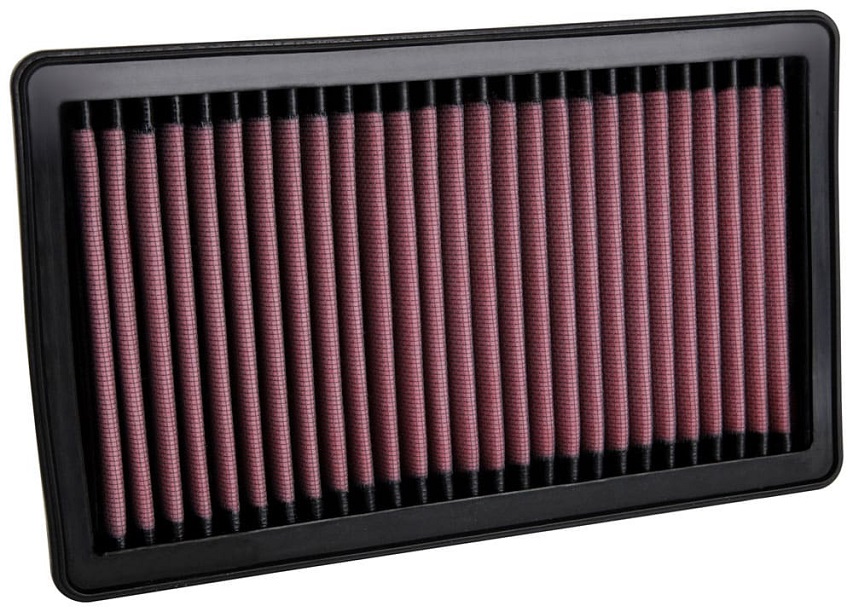
- A new air filter (make sure to get the right one for your Jeep model and year)
- A screwdriver (usually a flat-head or Phillips head)
- A rag or towel to clean the air box
- A vacuum or compressed air to clean the air box (optional)
Section 4: Where to Find Your Air Filter
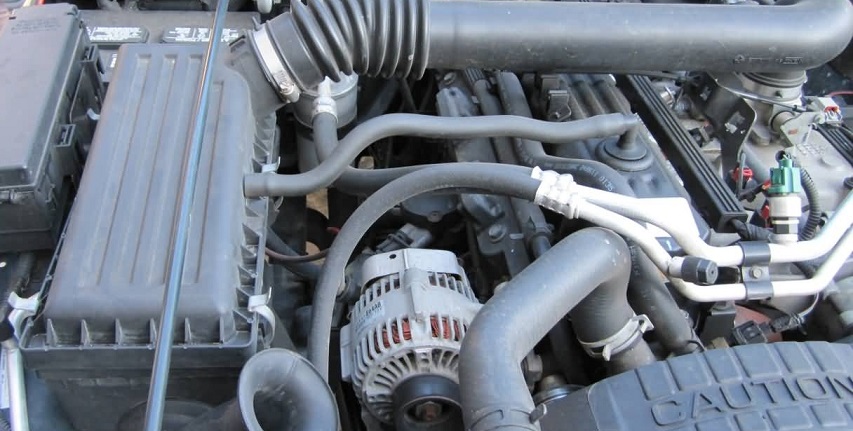
Your Jeep’s air filter is typically located under the hood, on the passenger side of the engine compartment. On the Wrangler, the air filter housing is a black rectangular box that is attached to the engine with four metal clips. You can easily locate the air filter housing by following the intake hose from the engine to the housing.
Section 5: How to Remove the Old Air Filter
Once you’ve located the air filter housing, it’s time to remove the old air filter. First, use your screwdriver to loosen the four metal clips that hold the housing cover in place. Once the clips are loosened, carefully lift the cover off of the air filter housing.

Next, take out the old air filter and inspect it for any damage or excessive dirt buildup. If the filter is visibly dirty or damaged, it’s time to replace it with a new one. If the filter is still relatively clean, you may be able to extend its life by cleaning it with a vacuum or compressed air.
Section 6: How to Install the New Air Filter
Installing the new air filter is a simple process. First, make sure that the new filter is the correct size and shape for your Jeep’s air filter housing. Then, carefully place the new filter into the housing, making sure that it is seated correctly.
Next, replace the air filter housing cover and tighten the four metal clips. Be careful not to over-tighten the clips, as this can damage the housing.
Section 7: Testing Your Jeep
After you’ve installed the new air filter, it’s a good idea to test your Jeep to make sure everything is working properly. Start the engine and let it run for a few minutes, then check for any unusual noises or vibrations. Take your Jeep for a test drive and pay attention to how it handles and performs.
Section 8: Tips for Maintaining Your Air Filter
Changing your air filter regularly is an important part of maintaining your Jeep, but there are other steps you can take to keep your air filter in good condition. Here are a few tips:
- Avoid driving on dusty or unpaved roads whenever possible.
- Check your air filter periodically to see if it needs cleaning or replacement.
- Clean your air filter housing and intake hose regularly to prevent dirt and debris from accumulating.
- Consider upgrading to a high-performance air filter for improved engine performance and efficiency.
Section 9: Troubleshooting
While changing the air filter in your Jeep Wrangler is a relatively simple task, there are a few issues that can arise during or after the replacement process. Here are some troubleshooting tips to help you address potential problems:
- Difficulty removing the air filter housing cover: If you’re having trouble removing the screws or clamps that hold the air filter housing cover in place, try using a different type of screwdriver or pliers. Applying a small amount of lubricant can also help loosen the screws or clamps.
- Air filter won’t fit properly: If the new air filter doesn’t seem to fit properly in the housing, double-check that you have the correct size and type of air filter for your Jeep model and year. If you do have the correct filter, make sure you’re installing it in the correct orientation, and that it’s not being forced or pinched in the housing.
- Engine running poorly after air filter replacement: If your Jeep’s engine is running poorly after you’ve changed the air filter, there may be an issue with the installation or the new filter itself. Double-check that you’ve installed the filter correctly and that the housing cover is securely in place. If the problem persists, try reinstalling the old filter to see if the issue goes away. If it does, the new filter may be defective or incompatible with your Jeep.
- Cabin air filter not working properly: If you’ve replaced the cabin air filter in your Jeep and you’re still experiencing poor air quality or reduced airflow, there may be a problem with the installation or the filter itself. Double-check that you’ve installed the filter correctly and that it’s the correct type for your Jeep. If the problem persists, consider taking your Jeep to a mechanic to diagnose the issue.
Section 10: Wrapping Up
Changing the air filter in your Jeep Wrangler is a simple but important task that can help keep your engine running smoothly and efficiently. By following the steps outlined in this guide, you can change your air filter with confidence and keep your Jeep in top condition.
Remember to choose the right air filter for your Jeep, gather the necessary tools and supplies, and carefully remove the old air filter before installing the new one. Test your Jeep after installation to make sure everything is working properly, and consider upgrading to a high-performance air filter for improved engine performance and efficiency.
Finally, don’t forget about the cabin air filter if your Jeep has one. Changing this filter periodically can help keep the air inside your Jeep clean and free of contaminants.
With these tips and tricks, you’ll be able to change your Jeep’s air filter like a pro and keep your Jeep running smoothly for years to come. Happy trails!
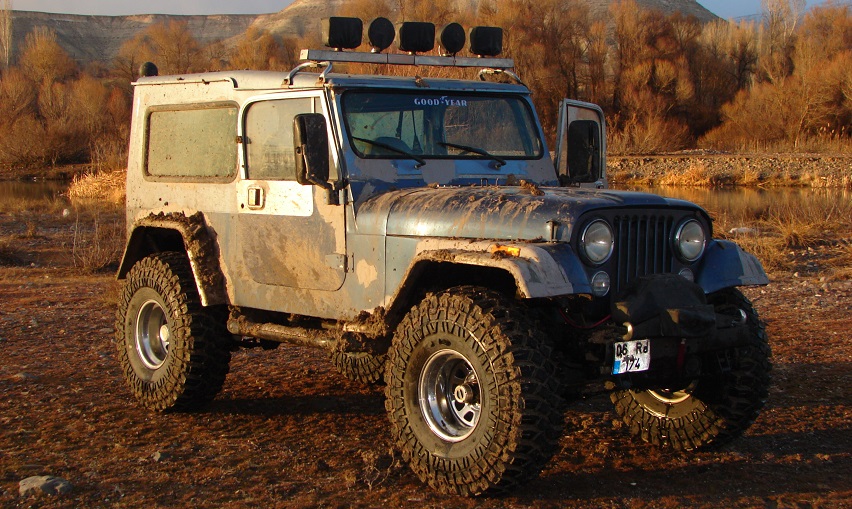
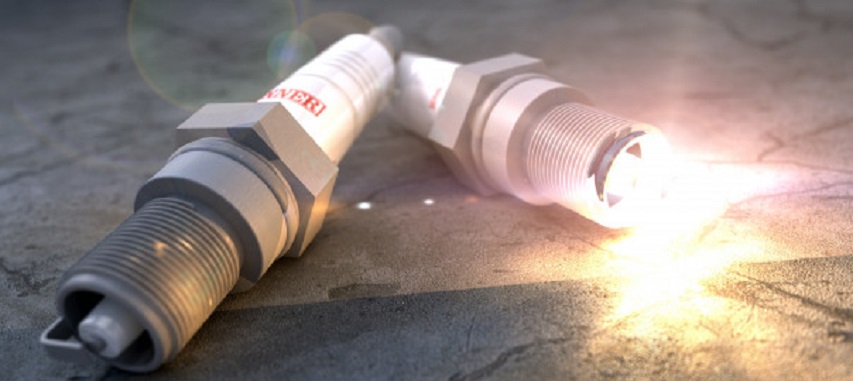

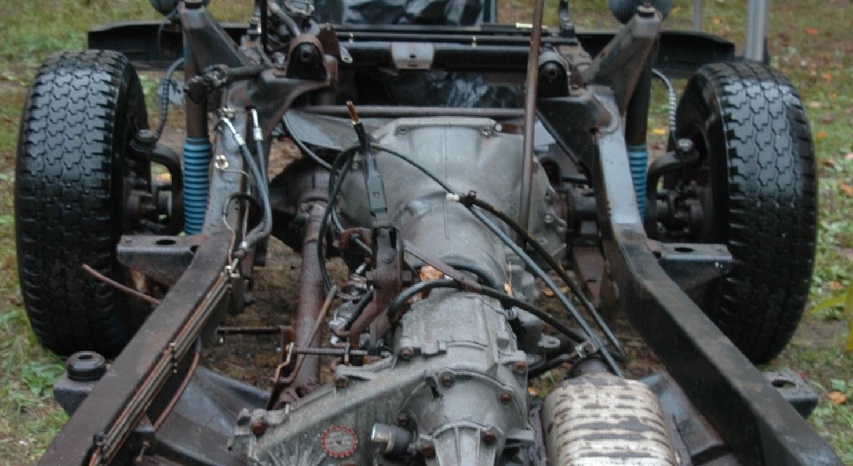
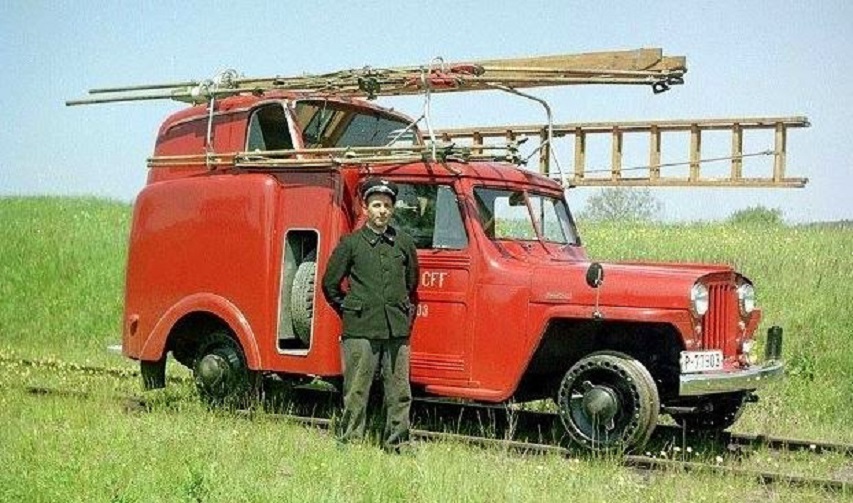
1 thought on “Simple but Critical: Changing the Air Filter on Your Jeep Wrangler”
Comments are closed.